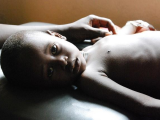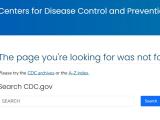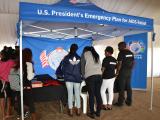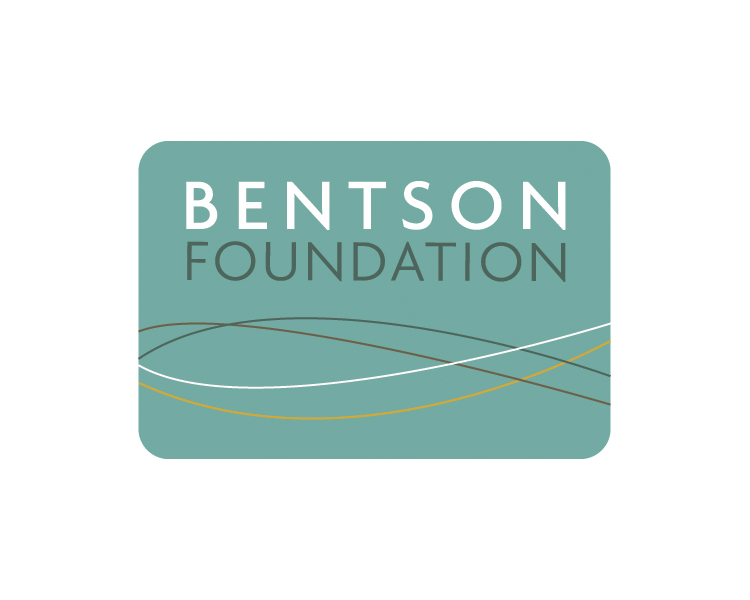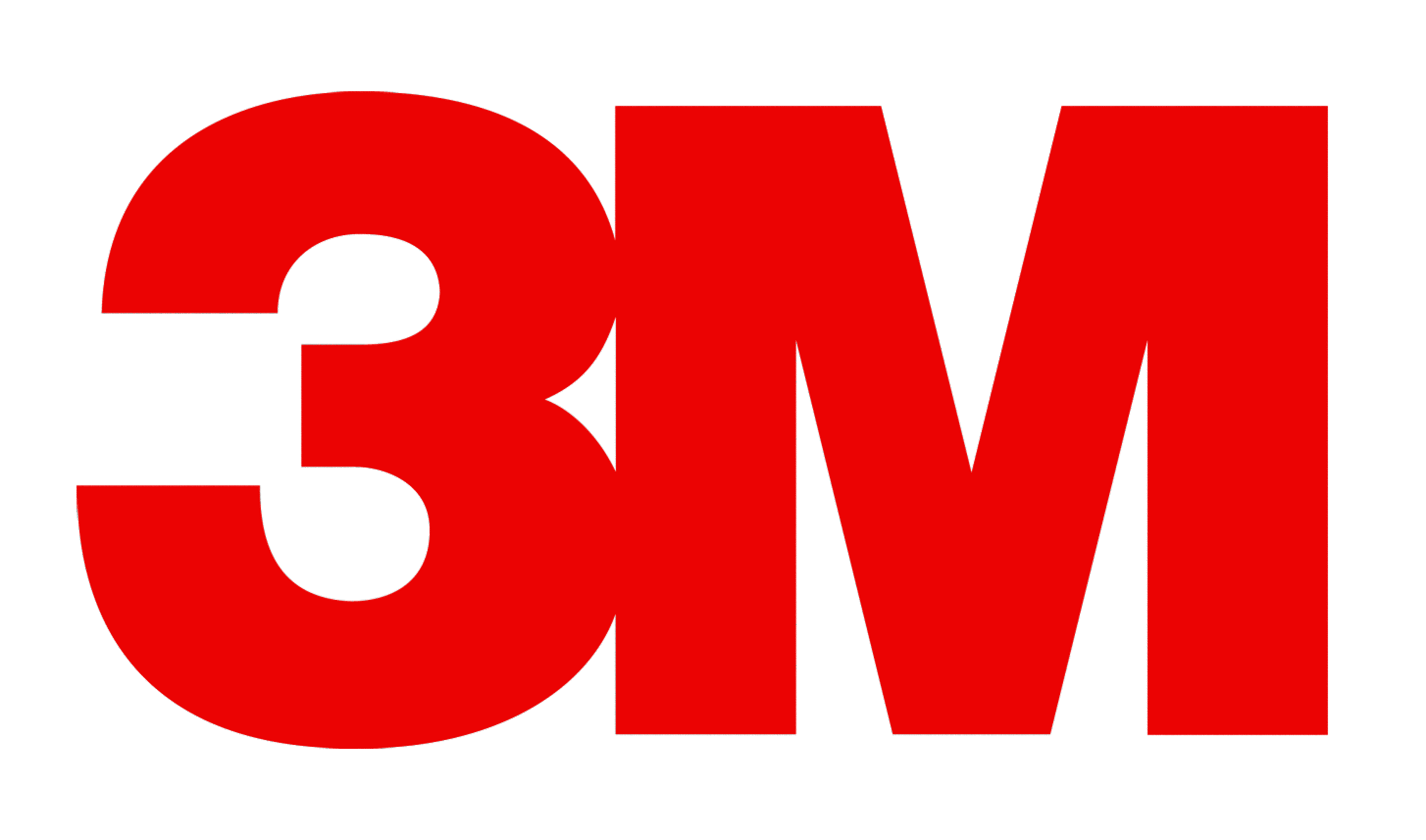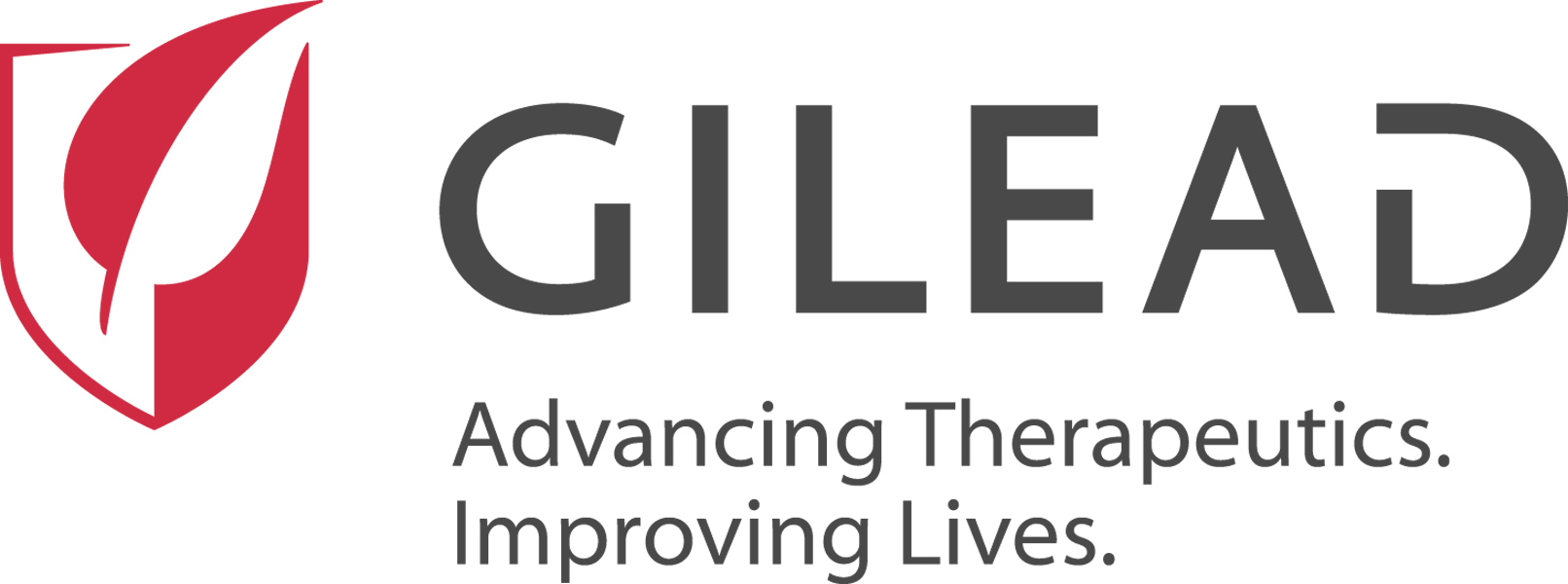Two just-published studies estimate the health and economic consequences of reducing, interrupting, or ceasing HIV preventive services in the United States, revealing thousands of new infections and costs in the billions over the next decade, although the results of the second study show considerable uncertainty, with wide credible intervals in the estimates.
Increasing out-of-pocket costs, copayments
Led by Emory University researchers and published yesterday in JAMA Network Open, the first study explored the likely changes in HIV transmission and healthcare costs if policy changes result in decreased HIV pre-exposure prophylaxis (PrEP) use in the United States.
The team used population-based data, PrEP prescription information from 2012 to 2022, estimates from a previously published clinical model, and parameters from a previously published ecological model to describe population-level PrEP use and new diagnoses under different hypothetical changes in PrEP coverage sparked by federal policy changes.
PrEP, when taken as directed, reduces the risk of acquiring HIV by as much as 99%.
Scenario 1 was based on an assumption that the increases in PrEP coverage observed during the past decade would be reversed over the following decade. The other two scenarios took the same approach but at alternative levels of 10% (scenario 2) and 2% (scenario 3) absolute annual decreases.
Discounted analyses indicate the present value, reflecting the time value of money, while undiscounted analyses represent the total projected cash flows linked to the scenario.
Earlier this year, amid sizable cuts to US Health and Human Services public health staff and programs, reducing public funding for PrEP programs through approaches such as increasing out-of-pocket costs and copayments was discussed.
"PrEP, when taken as directed, reduces the risk of acquiring HIV by as much as 99%," the investigators wrote. "Critically, changes in policies that lead to increased out-of-pocket PrEP costs or that decrease access to proximate PrEP locations could reduce PrEP coverage, resulting in excess HIV infections and costs."
8,600 excess HIV infections, $3.6 billion in costs
The authors noted that PrEP use is four times more likely among patients with health insurance and that equitable PrEP use is substantially higher in states with Medicaid expansion or PrEP drug–assistance programs and highest in states with both.
In 2012, of 9,565 US PrEP users, 61.2% were male, 74.3% were aged 25 to 54 years, 56.5% were White, 19.4% were Black, and 12.9% were Hispanic.
Assuming that cuts to PrEP programs reduced PrEP coverage by 3.3 per 100 people each year with indications for PrEP over the next decade (eg, effects of discontinuing interventions to increase PrEP awareness, increasing out-of-pocket PrEP costs), HIV diagnosis rates were estimated to increase by, on average, 2.3%.
"This modest decrease in PrEP coverage would be expected to erase all the reductions in HIV transmissions achieved during the past decade," the study authors wrote.
"Based on analyses of data from a census of US PrEP users including 17,333,732 person-years of time using PrEP, an absolute 3.3% annual reduction in PrEP coverage during the next 10 years (eg, 2023 to 2033) would result in 8,618 avoidable HIV infections, with lifetime medical costs of $3.6 billion (discounted) for treatment," they added.
Although not considered in this study, cost estimates from the societal perspective would likely show even more cost savings, because most HIV infections occur in younger people.
Net costs over the decade under this scenario would be $1.4 billion (discounted) and $1.9 billion (undiscounted). Evaluating a scenario of larger cuts to PrEP programs, with estimates of yearly decrease in PrEP coverage of 10 per 100 people with indications for PrEP, resulted in 26,873 HIV infections that failed to be prevented in a decade, with correspondingly higher lifetime medical costs of $11.2 billion (discounted) and $29.0 billion (undiscounted).
"HIV prevention via PrEP improves the health of US residents and can save money in terms of medical costs from the payer perspective," the researchers wrote. "Moreover, although not considered in this study, cost estimates from the societal perspective would likely show even more cost savings, because most HIV infections occur in younger people."
They said that consideration of policy changes couldn't come at a worse time, with advanced PrEP treatments and more in development promising further reductions in HIV infections.
"Disinvestment in PrEP programs will slow the current progress in reducing new infections; disinvestment in PrEP research structures will also destabilize a present (and desperately needed) acceleration in HIV prevention technologies," they concluded.
Nearly 50% more infections by 2030
The second study, published in the Annals of Internal Medicine, involved a simulation of HIV transmission and Ryan White clients in 31 high-burden US cities and a survey of clinic directors and administrators to estimate how many new HIV infections could ensue if federal funding cuts disrupted or ended Ryan White services for 18 to 42 months by 2030.
The Ryan White HIV/AIDS Program has provided prevention and treatment services to over half of people with HIV in the United States for 35 years.
A team led by Johns Hopkins researchers modeled four model scenarios were continued services, cessation in July 2025, interruption until January 2027, and interruption until January 2029.



